A vitamin is an organic compound and an essential nutrient that an organism requires in limited amounts. An organic chemical compound (or related set of compounds) is called a vitamin when the organism cannot synthesize the compound in sufficient quantities, and it must be obtained through the diet; thus, the term vitamin is conditional upon the circumstances and the particular organism.
For example, ascorbic acid (one form of vitamin C) is a vitamin for humans, but not for most other animals. Vitamin D is essential only for people who do not have adequate skin exposure to sunlight, as ultraviolet light promotes synthesis in skin cells. Supplementation is important for the treatment of certain health problems,[1] but there is little evidence of nutritional benefit when used by otherwise healthy people.[2]
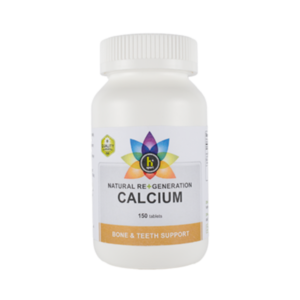
By convention the term vitamin does not include other essential nutrients, such as dietary minerals, essential fatty acids and essential amino acids.[3] Thirteen vitamins are universally recognized at present.
Vitamins are classified by both biological and chemical activity, and not their structure. Thus, each vitamin refers to a number of vitamer compounds that all show the biological activity associated with a particular vitamin. Such a set of chemicals is grouped under an alphabetized vitamin “generic descriptor” title, such as
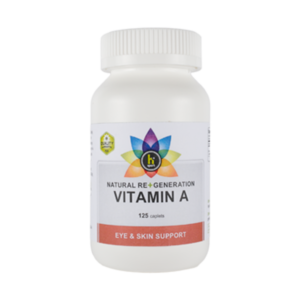
“vitamin A”, which includes the compounds retinal, retinol, and four known carotenoids. Vitamers by definition are convertible to the active form of the vitamin in the body, and are sometimes inter-convertible to one another, as well.
Vitamins have diverse biochemical functions. Some, such as vitamin D, have hormone-like functions as regulators of mineral metabolism, or regulators of cell and tissue growth and differentiation (such as some forms of vitamin A). Others function as antioxidants (e.g., vitamin E and sometimes vitamin C).[4] The largest number of vitamins, the B complex vitamins, function as enzyme cofactors (coenzymes) or the precursors for them; coenzymes help enzymes in their work as catalysts in metabolism. In this role, vitamins may be tightly bound to enzymes as part of prosthetic groups: For example, biotin is part of enzymes involved in making fatty acids. They may also be less tightly bound to enzyme catalysts as coenzymes, detachable molecules that function to carry chemical groups or electrons between molecules. For example, folic acid may carry methyl, formyl, and methylene groups in the cell. Although these roles in assisting enzyme-substrate reactions are vitamins’ best-known function, the other vitamin functions are equally important.[5]
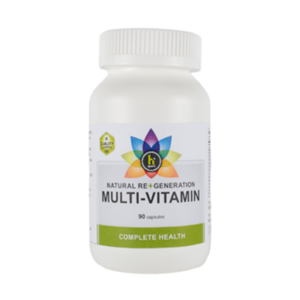
Until the mid-1930s, when the first commercial yeast-extract vitamin B complex and semi-synthetic vitamin C supplement tablets were sold, vitamins were obtained solely through food intake, and changes in diet (which, for example, could occur during a particular growing season) usually greatly altered the types and amounts of vitamins ingested. However, vitamins have been produced as commodity chemicals and made widely available as inexpensive semisynthetic and synthetic-source multivitamin dietary and food supplements and additives, since the middle of the 20th century. Study of structural activity, function and their role in maintaining health is called vitaminology.[6]


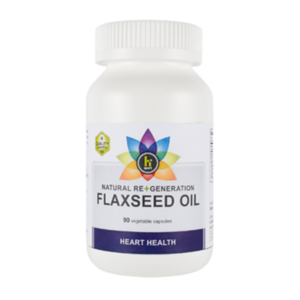
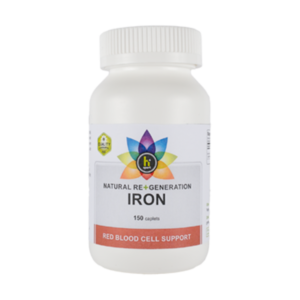
what a great article and I appreciate other comments as well.